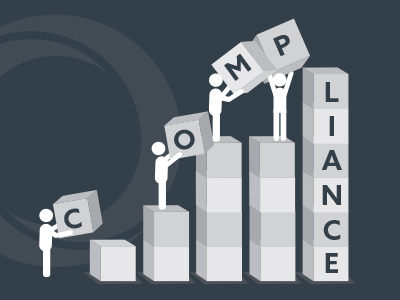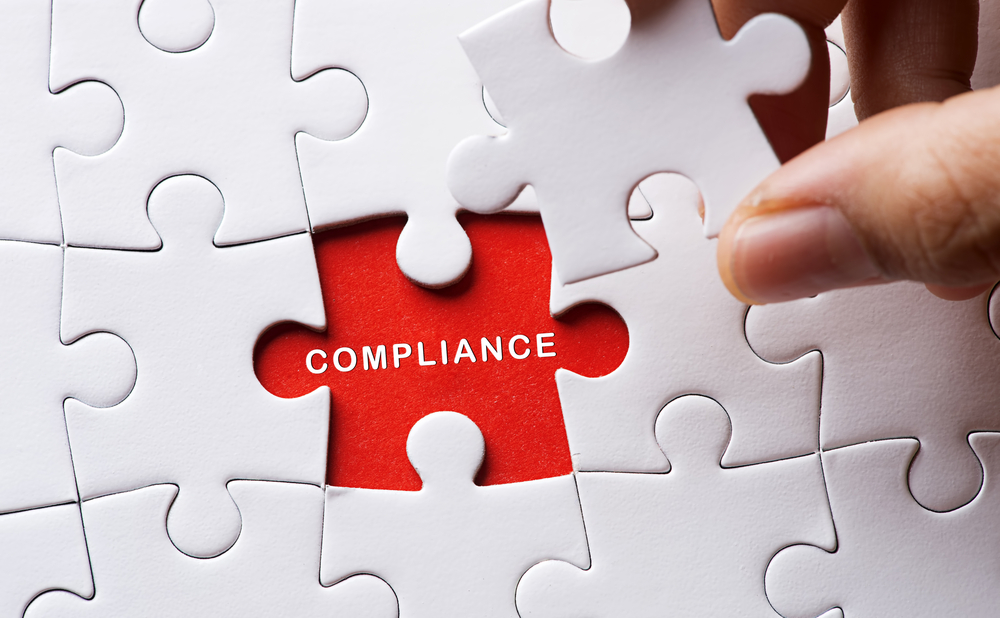This is the third in a series of posts where we will explore critical elements of a successful compliance program. In February, the Department of Justice’s Fraud Section offered a new perspective on what the government expects in an anti-corruption compliance program, in the form of a series of questions that companies should be prepared to answer about their program. The guidance offers companies a roadmap for building or assessing their compliance program. In this series, we will explore recent and past guidance on key compliance topics, as well as key takeaways for companies of all sizes.
***
Policies and Procedures are the cornerstone of a compliance program. While traditional sources of guidance, such as the DOJ and SEC FCPA Resource Guide and DPAs themselves, lay out the government’s fundamental expectations with regard to policies and procedures, the Fraud Section’s new guidance goes deeper, reflecting an approach that will assess not only the existence but also the design and integration of policies and procedures.
The most basic expectation with regard to policies and procedures is that companies will have a code of conduct prohibiting violations of the FCPA and the law’s foreign counterparts. Additionally, companies should have policies and procedures covering, among other things, gifts, travel & entertainment, expenses, political and charitable contributions, and payments to third parties. Finally, traditional sources of guidance make clear that companies should also have a set of finance and accounting internal controls reasonably designed to ensure the maintenance of fair and accurate books and records.








